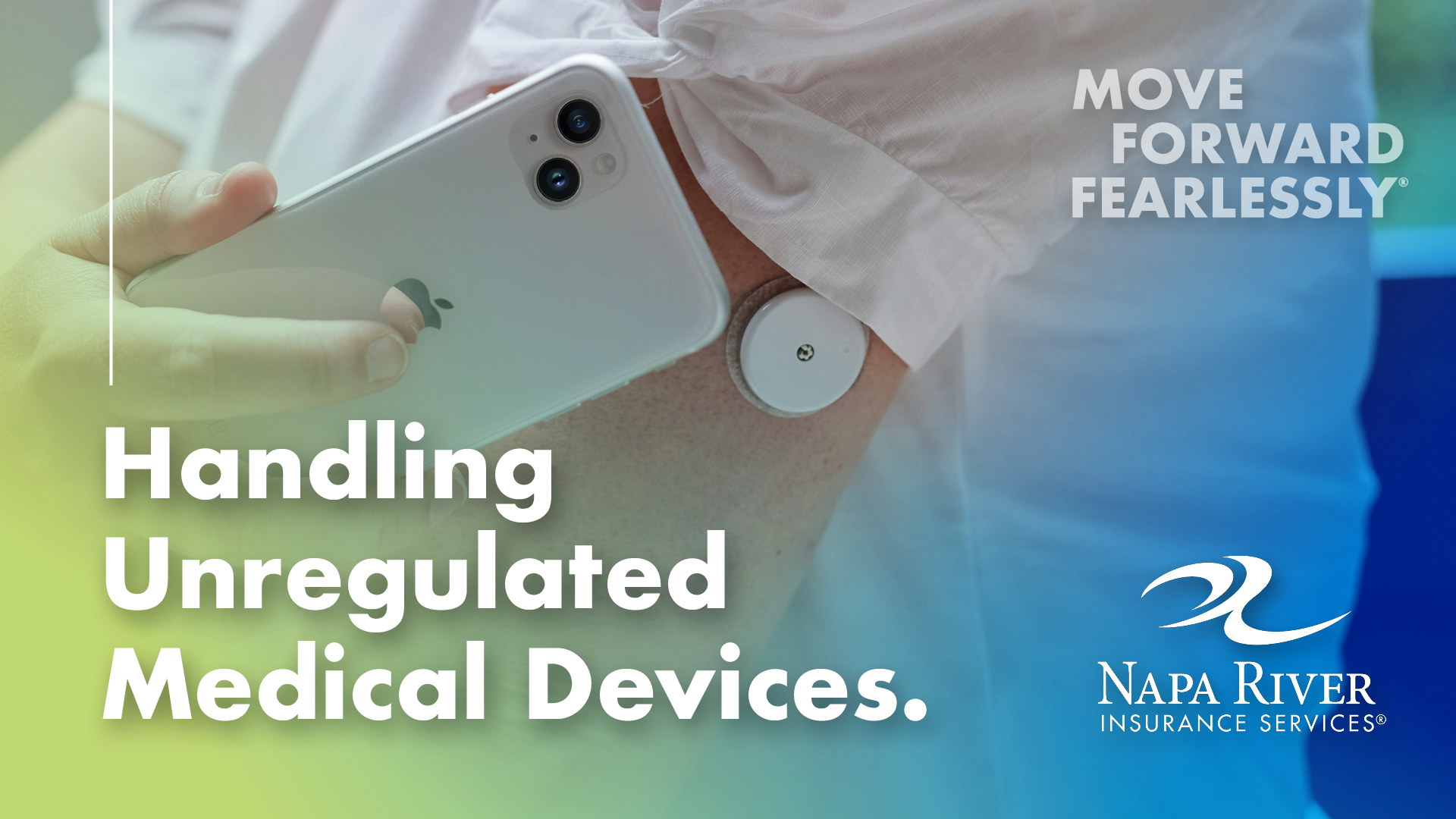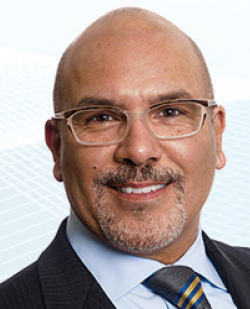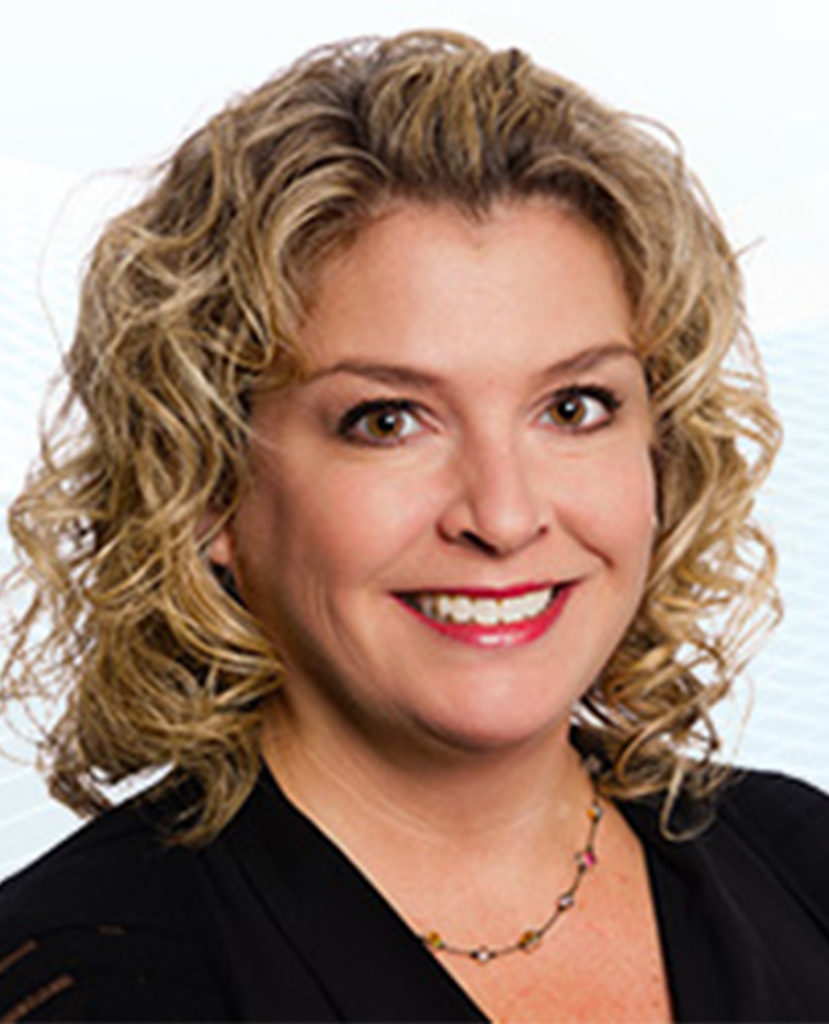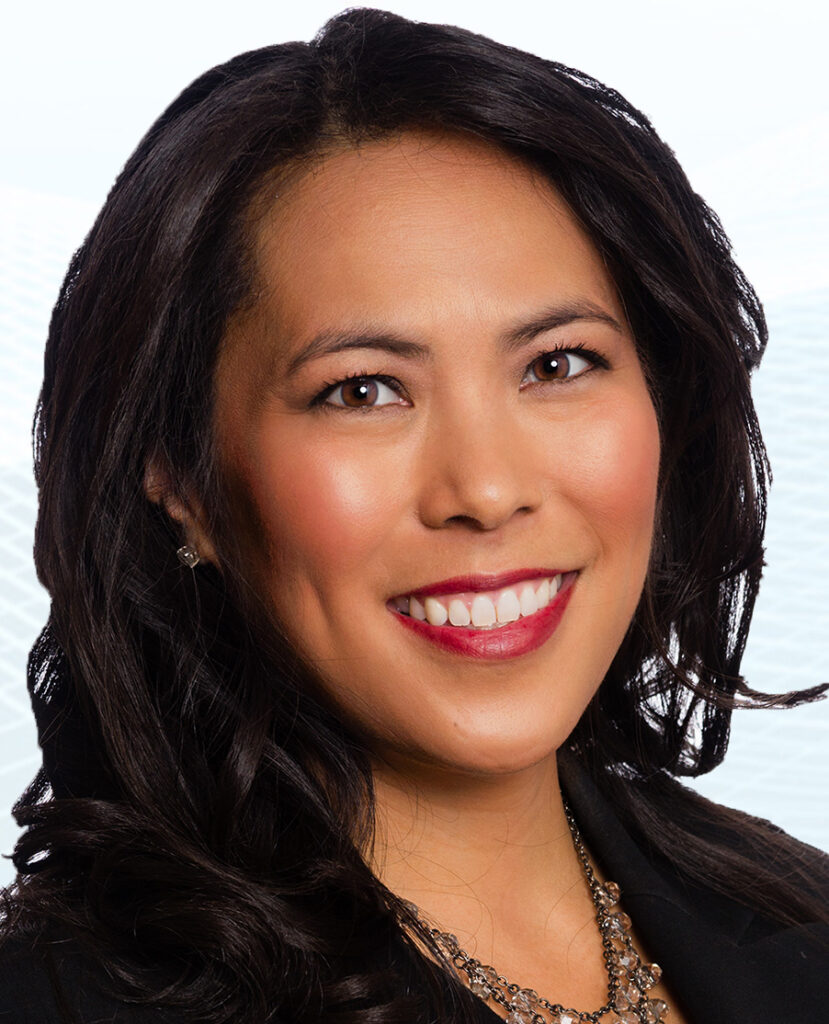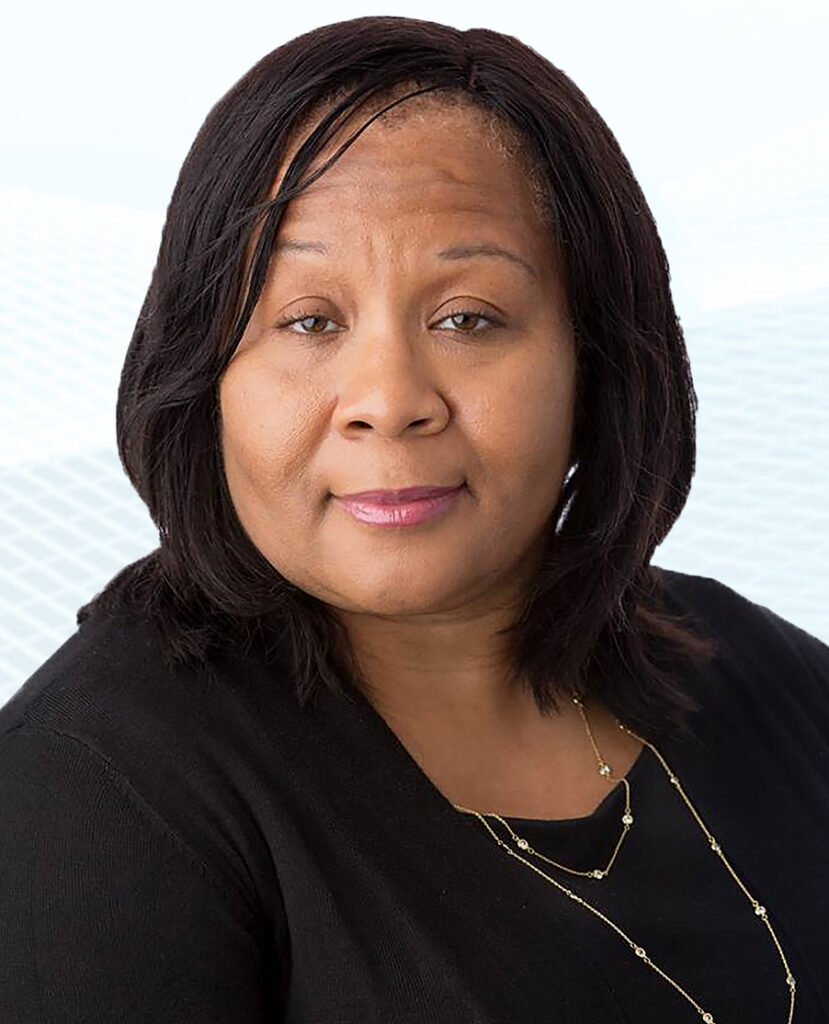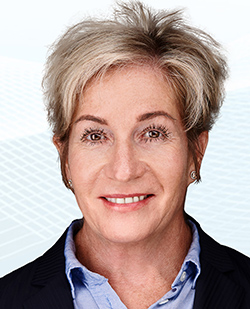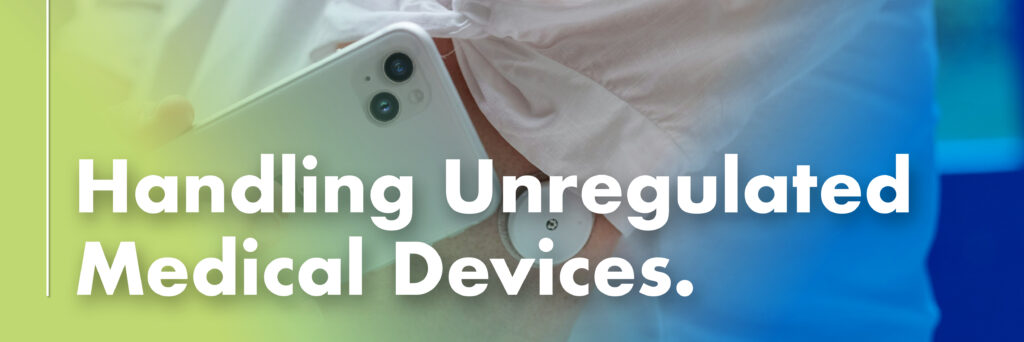
The Diagnosis of Risk.
FitBits, Apple Watches, Oura Rings—all are familiar names that indicate the immense popularity of wearable, digital health technology. Health and fitness trackers have become synonymous with wellness, empowering one to continuously monitor aspects of one’s health. Widespread usage means that doctors are more regularly presented with the discoveries from these devices; however, they are not regulated by the FDA and can provide questionable findings.
When it comes to patient safety, hospitals and doctors are required to abide by various laws and meet professional standards. Medical devices that are not FDA-approved raise legal concerns, as they may violate these laws and standards and put clinicians and medical facilities at risk of liability.
Handling Unregulated Devices and Device Results:
It is essential that hospitals and doctors establish clear guidelines for handling data and results from non-FDA approved devices. These protocols may include:
-
Establishing a clear policy on processing data from non-FDA approved devices. This policy should outline the conditions for whether an organization or practice will accept and use data from non-FDA approved devices.
-
Verifying the source and accuracy of the data via cross-referencing data with other tests, sources or experts.
-
Educating patients on how non-regulated device data can or cannot be used. Informed consent is an essential part of medical ethics. Data from non-FDA approved devices may be helpful to one’s medical history and even aid in medical treatments or discoveries; ultimately, however, it cannot replace or substitute for standard procedures, protocols or testing.
-
Collaborating with device manufacturers to verify device accuracy and reliability.
To ensure administration is purchasing FDA-approved products, follow these steps:
2. Verify the Manufacturer
3. Look for the FDA Approval Stamp or Label
4. Request Documentation: This may be a Certificate of Analysis, Compliance or a Drug Establishment Registration Number
Control of Non-FDA Approved Devices in Hospice.
The control and use of non-FDA approved devices in hospice are primarily instated by the Centers for Medicare & Medicaid Services (CMS) and the Food and Drug Administration (FDA). While FDA approval is not always required for certain medical devices used in hospice care, regulations set by CMS determine which devices are approved for use in hospice settings.
Procurement and evaluation are extremely important in hospice facilities. Establishment of robust procurement processes for non-FDA approved devices is required. This involves conducting thorough evaluations of non-FDA approved devices. Once the procurement process is completed, staff should record and monitor the device’s usage. Administration must conduct a brief safety overview including best practices and following protocols of newly integrated devices, as well as implementing maintenance schedules and inspections, and asserting the need for staff to address any malfunctions or defects.
Control of Non-FDA Approved Devices in Nursing Homes.
In nursing homes, non-FDA approved devices are controlled through various regulatory guidelines, facility policies, staff training, and quality assurance protocols, similar to those in hospice settings.
Regulatory Guidelines are set forth by federal and state agencies such as the CMS and the Occupational Safety and Health Administration (OSHA). Individual nursing homes develop and implement specific policies regarding the use of medical devices within their facilities. These policies may address the procurement, storage, usage, maintenance and disposal of non-FDA approved devices. They also outline procedures for staff training, documentation and reporting related to these devices.
Stay up-to-date on the latest information regarding healthcare standards, regulations and requirements regarding medical devices and device practices from the CMS, OSHA and the American Health Care Association (AHCA). Both AHCA and OSHA offer guidance and safety standards regarding the use of unregulated devices for long-term care facilities.
Move Through Risk With Confidence.
With the constant integration and improvement of digital technologies across medicine and healthcare, doctors and professionals have access to acquiring more relevant, smarter and safer patient data from approved devices while navigating the uses and limitations of unregulated wearable devices. One of the biggest benefits of both is getting a more extensive look into a patient’s health data over a longer duration of time.
When discussing wearable technology, ultimately, the underlying challenges and foremost priority revolving around these types of conversations is patient safety. Clearly and directly communicate with staff and patients on the specific ways both FDA-approved and non-regulated devices are handled in your business.
Resources:
Look to these three organizations for guidelines and latest information regarding healthcare standards, regulations and requirements regarding medical devices and device practice.
1. FDA (Food and Drug Administration)
2. American Medical Association (AMA)
3. Centers for Medicare & Medicaid Services (CMS)
For more specific resources, visit the following link:
Recent Medical Device Safety Communications
https://www.fda.gov/news-events/approvals-fda-regulated-products
The Use of Patient-Generated Health Data From Consumer-Grade Mobile Devices in Clinical Workflows: Protocol for a Systematic Review
https://pubmed.ncbi.nlm.nih.gov/36848208/
Wearable devices in palliative care for people 65 years and older: A scoping review
https://www.ncbi.nlm.nih.gov/pmc/articles/PMC10328013/
Hospice Standards
https://www.nhpco.org/wp-content/uploads/2019/04/Standards_Hospice_2018.pdf

